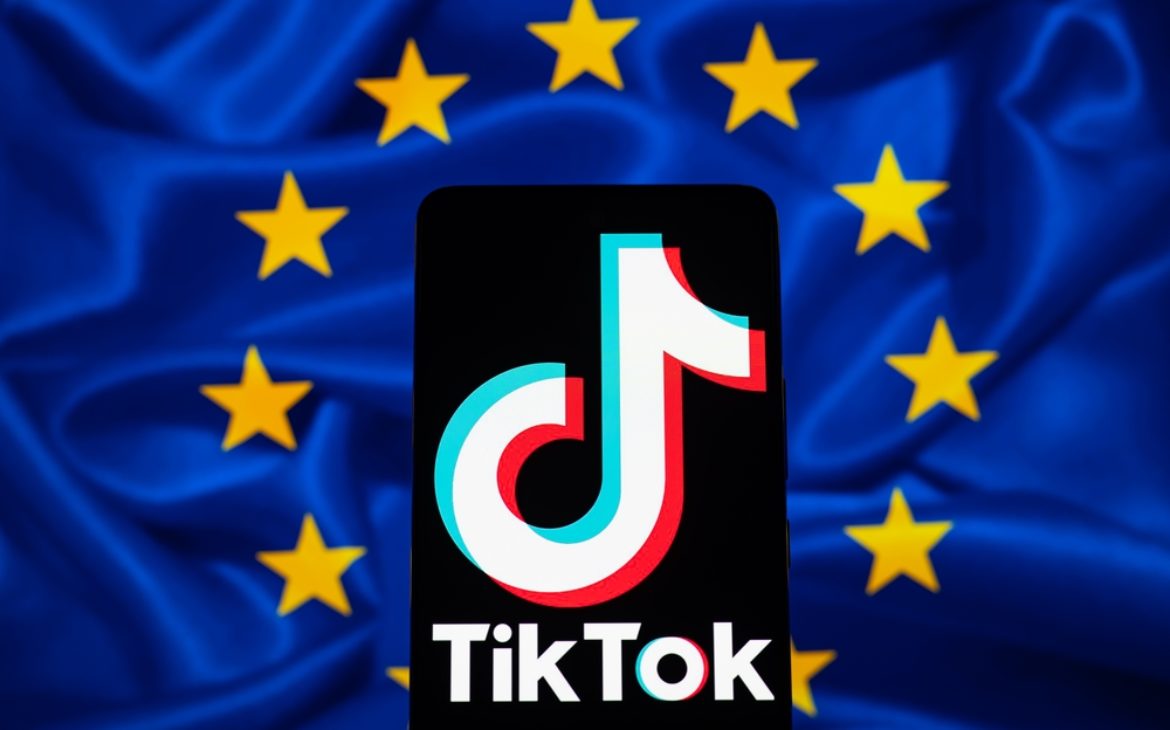The main news for platform users in the European Union is the option to disable personalization within the app, which means that their “For You” and “LIVE” recommendations will no longer be based on their individual activity. Instead, these feeds will showcase popular videos from the user’s region and globally.
Additionally, non-personalized search results will feature popular content from the user’s preferred language and region. The “Following” and “Friends” feeds will display creators they follow in chronological order, departing from viewer profiles.
Although the app’s success has been largely attributed to its robust feed algorithm, the removal of personalized recommendations could impact TikTok’s usage within the EU. The new feature will be optional, meaning that users won’t be obligated to disable personalization. However, this change might prompt users to place more emphasis on following specific creators rather than relying on TikTok to curate relevant content based on their usage patterns.
TikTok is also altering its practices concerning advertising for underage EU. Personalized advertising will be turned off for the 13-17 age group. Also, TikTok is introducing a feature that allows EU users to report content they believe to be illegal. This reporting will encompass various categories like hate speech, harassment, and financial crimes. Reported content will undergo a review process against TikTok’s Community Guidelines, and if it violates the platform’s policies, it will be removed globally. If not, a dedicated team of moderators and legal experts will determine its legality and limit its accessibility in the respective country.
TikTok plans to keep users informed when their content is reported and provide them with the option to appeal any decisions. Finally, the platform emphasized that it aims to enhance transparency in its moderation actions. For instance, it will notify users if a video is ineligible for recommendation due to unverified claims about an ongoing election. TikTok will share more insights into these decisions, including whether they were automated, and outline the process for both content creators and those filing reports to appeal any ruling.
